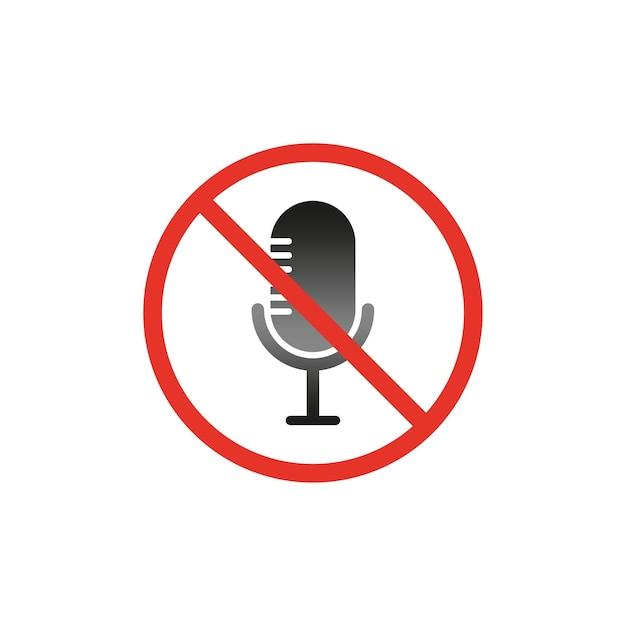Welcome to the world of academic assessments where questions play a vital role in gauging knowledge and understanding. One such type of question is the “restricted response question.” If you’re a student or an educator looking to brush up on your assessment strategies, or simply a curious mind, you’ve come to the right place.
In this blog post, we’ll explore what exactly a restricted response question is and how it differs from other question types. We’ll also delve into why they are used and offer some tips on how to answer them effectively. So, whether you’re preparing for an exam or just aiming to expand your knowledge, let’s dive in and uncover the essence of restricted response questions together.

What is a Restricted Response Question
Have you ever taken a test where you felt like you were unraveling the mysteries of the universe, only to be stumped by a question that seemed to come from another dimension? We’ve all been there. One of the most confounding types of questions that can leave us scratching our heads is the restricted response question.
Understanding the Restricted Response Question
So, what exactly is a restricted response question? Well, let me break it down for you in good ol’ plain English. A restricted response question is a type of question that puts some serious boundaries on how you can answer. It’s like being trapped in a cage with only a few options to escape. But fear not, my friend, because there’s a method to this madness.
The Purpose Behind Restricted Response Questions
Restricted response questions have a purpose, and it’s not just to make your brain ache. These questions are designed to measure specific knowledge or skills, kind of like a sniper zeroing in on its target. They focus on assessing your comprehension, analysis, and application of information, rather than just regurgitating facts like a parrot.
The Structure of a Restricted Response Question
Now that you know the why, let’s dive into the how. A restricted response question typically consists of a stem, which sets the stage for what you need to accomplish, and specific guidelines or criteria for your response. It’s like a mini adventure with a clear map and instructions on where to go next. It leaves little room for ambiguity or improvisation, which can be a blessing (or a curse, depending on your perspective).
Examples of Restricted Response Questions
To paint a better picture of what a restricted response question looks like, here are a couple of examples:
- “Describe three key factors that contribute to climate change and explain their impacts on the environment.”
- “Create a timeline highlighting the major events leading up to the American Revolutionary War, including dates and brief explanations for each event.”
See how these questions provide clear directives on what you need to do? They don’t leave much room for random musings or philosophical ponderings. It’s all about focusing on the task at hand and demonstrating your knowledge effectively.
The Takeaway
So, the next time you encounter a restricted response question, don’t panic. Remember that it’s designed to assess your critical thinking skills and application of knowledge within a specific framework. Embrace the challenge, follow the guidelines, and show off your expertise like a boss.
Now that we’ve deciphered the code of restricted response questions, let’s move on to our next adventure: exploring the world of extended response questions. Stay tuned, fellow knowledge warriors!

FAQ: Restricted Response Questions
What is a restricted response question
A restricted response question is just like that one friend who asks you specific questions, reigning in your response options and not giving you a chance to ramble on about your entire life story. In simpler terms, it is a question that requires a concise and focused answer within a limited range.
How do you agree with a statement in an essay
Ah, the art of agreement! It’s like finding the perfect wingman or wingwoman to back up your every move. In an essay, when you come across a statement you want to agree with, you’ll want to follow a few simple steps:
-
Start with a clear statement: Clearly state your agreement with the argument or statement that the essay presents. Be firm, but avoid coming across as an overenthusiastic cheerleader.
-
Provide evidence and examples: Support your agreement with concrete evidence or examples. Show that you’ve done your research and you’re not just nodding along mindlessly. Remember, facts are your friends!
-
Explain your reasoning: This is where you get to shine! Explain the logic behind your agreement. Share your insights, thoughts, and reasoning in a clear and coherent manner. Let the reader understand why you’re on the same page.
-
Address potential counterarguments: Ah, the skeptics! Anticipate and address potential counterarguments against your agreement. Show that you’ve thought it through and considered different perspectives. It’s like playing chess and staying two steps ahead of your opponents.
-
Wrap it up with a bow: Conclude your agreement like a boss. Summarize your main points, leaving no room for doubt or confusion. You’ve successfully convinced the reader that you’re both head-nodding buddies.
Remember, agreeing in an essay is not about mindlessly accepting everything that comes your way. It’s about critically analyzing and providing support for your stance. So, agree with grace, confidence, and a touch of persuasive flair.
And there you have it! A mini FAQ to help you navigate the world of restricted response questions and agreeing like a boss in your essays. Happy writing, my fellow wordsmiths!
